Induction Motor:
- 3 phase induction motor is self starting. Self starting torque is generated hence no special means is required for starting of Induction motor. It is to be remembered that Auto transformer starter, Star-Delta starting and other type of starters are employed to reduce the inrush starting current.
- Speed of the induction motor falls with the increase in the load. Induction motor always runs below synchronous speed
- Induction motor always operates on lagging power factor and during light loads power factor of induction motor will be very poor
- Induction motor requires no dc excitation to the field and hence it is singly excited machine
- Speed of the induction motor can be controlled however it is limited
- It is used to supply mechanical load to drive the load
- Its torque is more sensitive to change in the input volatge
- It is simple, rugged in construction and is comparatively lower cost
Synchronous Motor:
- Synchronous Motor is not self starting (it don’t have self starting torque), therefore some external means is required for its starting
- Speed of the Synchronous machine is constant and is independent of the load
- It can be operated under a wide range of power factor, both leading and lagging
- It requires dc supply for field, so synchronous motors are doubly excited
- Speed control is not possible
- Synchronous motor is used for supplying mechanical load to drive and also used for power factor improvement (when synchronous motor operates under over excited condition it delivers reactive power to the system)
- Torque of synchronous motor is less sensitive to the supply voltage
- Construction wise it is complicated compared to induction motor, maintenance is required and also initial cost is also high compared to induction motor.
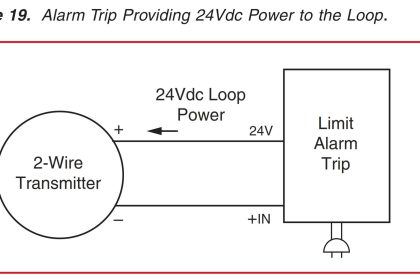
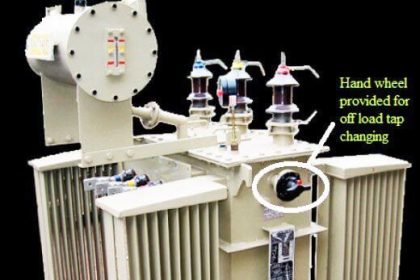
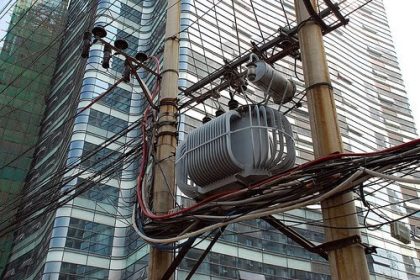
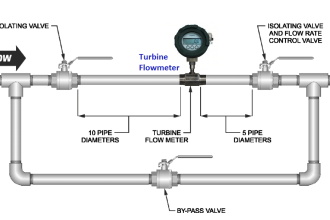

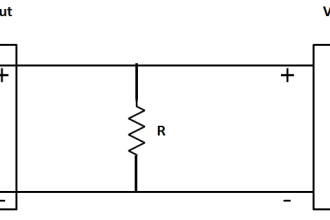
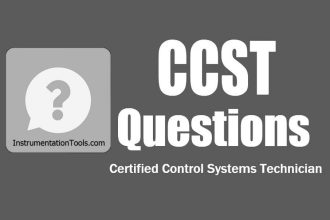
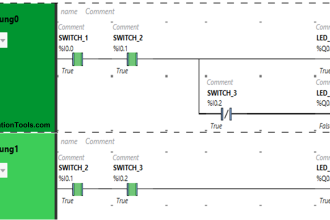
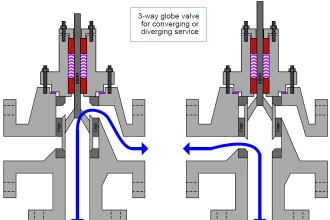
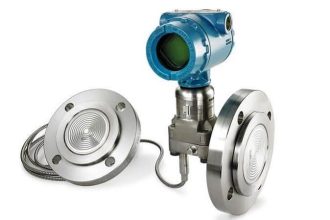
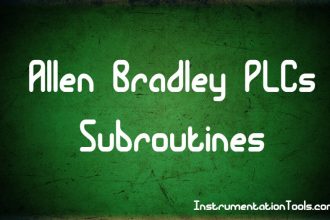

Very serious learning avenue..